For Evergreen
August and September are the perfect months to plant some evergreens. Just think, when the beautiful colors of the fall leaves are gone, evergreens can see you through the winter. They contribute not only their beauty, but practical benefits to our yards.
Add green to your winter months. Evergreens certainly take a back seat to deciduous trees in both summer and fall. But as winter progresses, snow-covered evergreens are one of the greatest mood boosters in our barren winter landscape. Add the red of a beautiful cardinal to complete the scene. And, the smell of pine and fir refreshes our senses on a cold winter day.
Evergreens provide year-round privacy. They are the perfect choice for sectioning off your yard from a neighbor, the road, or even storage or working areas. Whether relaxing on your deck or patio or just looking out your window, evergreens allow you to control what you see and what others see.
Evergreens shelter our homes from wind, snow, heat, and cold. The cold and wind of winter steals heat from our homes just as it does from our bodies when we’re outside. Strategically planted evergreens help us save on both heating and cooling bills in winter and summer.
Create a better wildlife environment. Evergreens provide an effective wildlife habitat for our favorite creatures all year round. They provide an abundance of food such as fruit, berries, insects and nectar. And they provide needed shelter from the cold for birds and squirrels.
We maintain a wide selection of trees, shrubs, and broadleaf evergreens to suit personal taste, yard size, and need. Plant it yourself or ask us to do it for you.
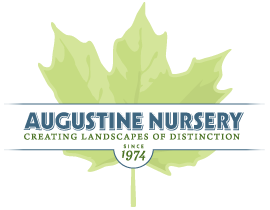



 Wisteria and cherry trees are cherished for their beautiful and fragrant flowers. They represent love and romance in many cultures.
Wisteria and cherry trees are cherished for their beautiful and fragrant flowers. They represent love and romance in many cultures.
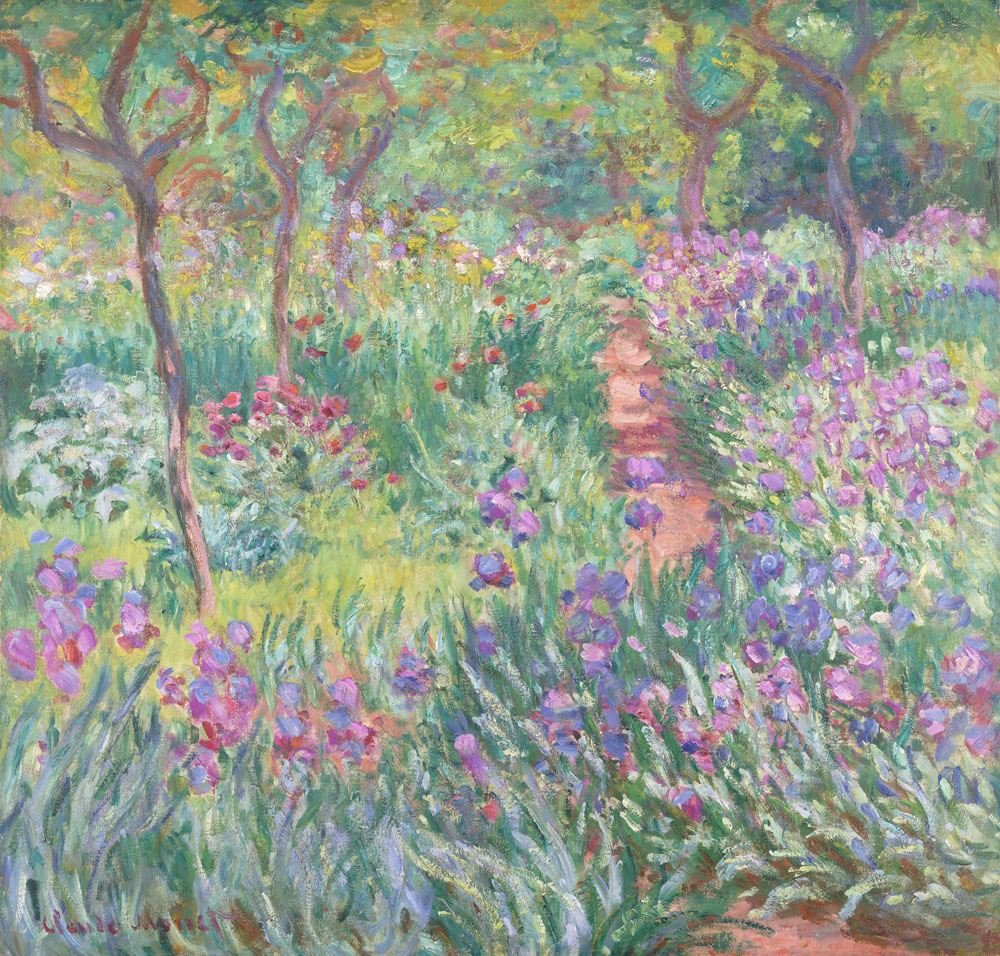
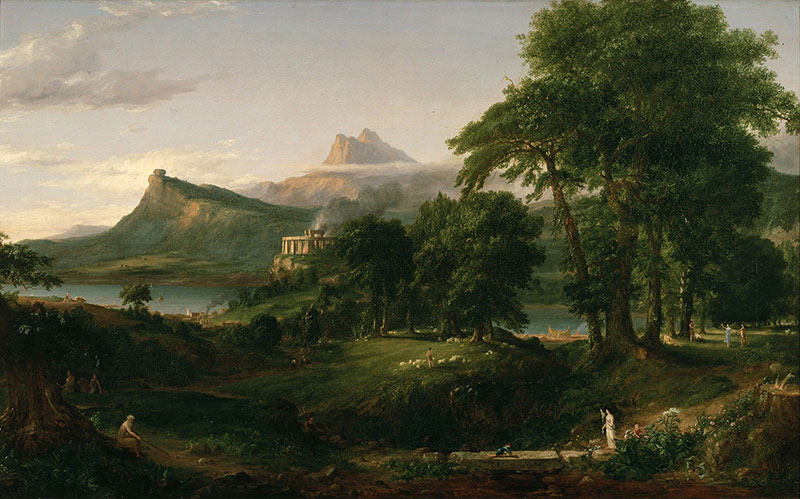


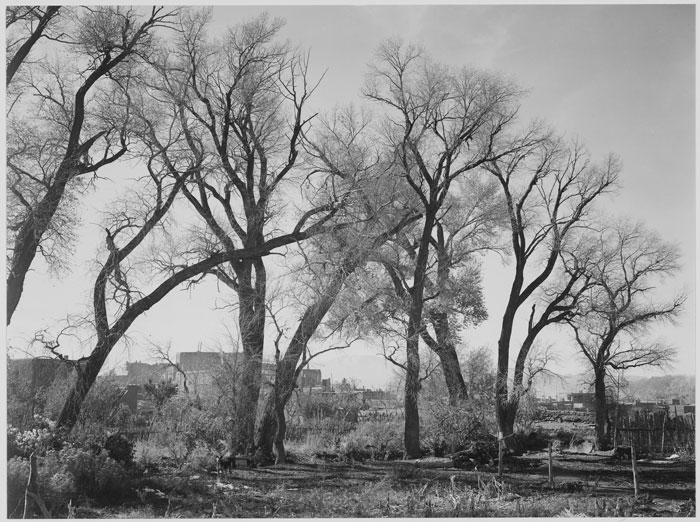
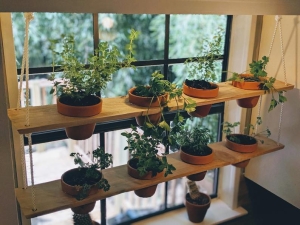 For many of us, December marks a time when outdoor landscaping and we
For many of us, December marks a time when outdoor landscaping and we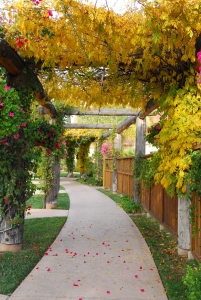 There’s a period of time toward the end of summer when avid gardeners and homeowners who love their yards begin to mourn prematurely the end of their favorite season – summer. For those of you in this group, here’s a perfect way to continue working in the yard while setting up a thing of beauty for next spring.
There’s a period of time toward the end of summer when avid gardeners and homeowners who love their yards begin to mourn prematurely the end of their favorite season – summer. For those of you in this group, here’s a perfect way to continue working in the yard while setting up a thing of beauty for next spring.